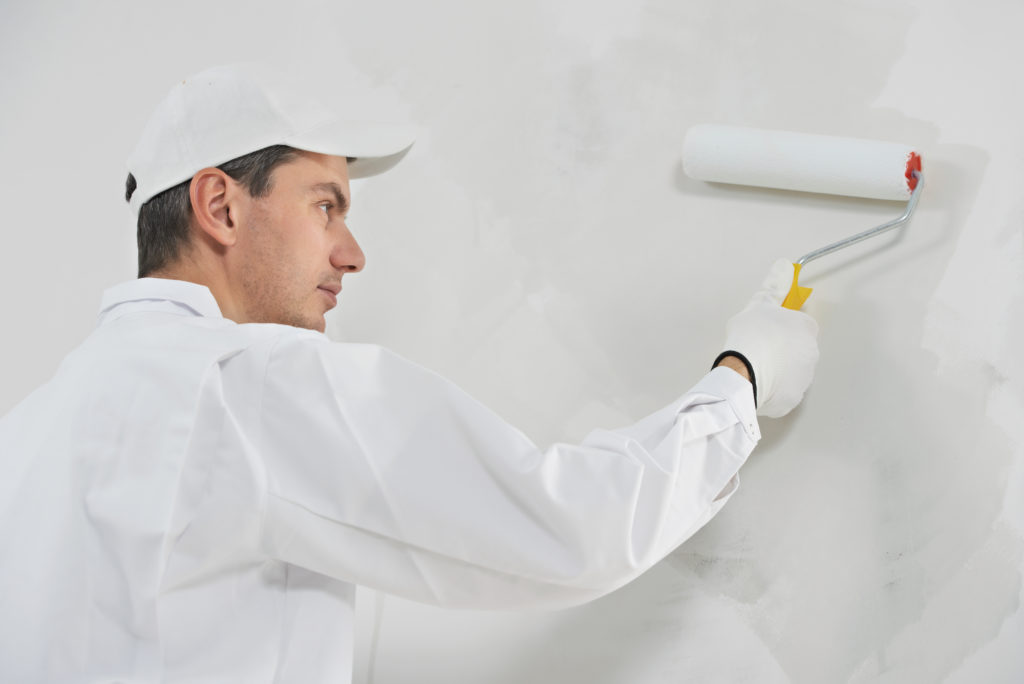
What You Need To Know About Primers Being Used in Minnesota
Primer protects the paint on walls before it dries by forming a clear coat that allows for more effortless blending and fewer imperfections in the final product. Painting over dry paint is much more difficult because it creates a patchy finish with uneven color. Primers can also provide extra protection against humidity while they seal off the wall’s surface and help prevent dirt from ending up in your fresh coat of paint. There are different types of primers serving other purposes.
1. Raw unfinished wood
Bare wood retains a lot of natural oils, and these oils are unattractive to look at. Wood primer will cover the unstained wood and help you achieve a much smoother finish and is pleasing to the eye. Many interior painters assume that most wood can be painted directly; however, it is advisable first to coat the wood with primer. Creating an adhesive base for the paint is essential; this will help block the stain of the wood and prevent cracking.
2. Raw drywall
Porous surfaces like drywall always need an additional layer of protection to prevent moisture damage, this is where a primer comes in handy. Drywall primer will fill up the pores and crevices of the wall such that when you apply a top coat of paint, it will cover any imperfection on the surface. Experienced residential painting contractors deal with these wall surfaces daily. Therefore, you need to discuss what types of drywall primers you should use, depending on your wall type.
3. Masonry
Some concrete surfaces have high pH levels, which can cause difficult stains to be removed. Primer can help cover this surface and create a smooth finish for your paint job. Efflorescence, a mineral deposit on concrete, can also be fused to the surface of the primer, making it easier for you to achieve a flawless finish.
4. All bare surfaces that are not porous
Painting nonporous surfaces like metal, aluminum, and glass requires a particular type of primer. It is designed to form a tough, durable layer that helps seal off the surface from moisture. A bonding primer will be necessary for these instances, and a primer with increased hardness will be used. Uncoated metal or plastic surfaces should be pre-coated with a specialized priming agent that is formulated for the job.
5. Water stains and other types of stains
Stain-blocking primer will protect any surface from water damage. It will work like a barrier against spilled drinks and splashes and serve as a protective layer between the wall and the paint. This will help prevent the paint from staining the color of your wall.
When Priming Isn’t Necessary
Clean, dry, low-porous surfaces can be painted over without primer. Surfaces that adhere easily and are not porous, such as smooth walls with plaster and ceilings, can be painted immediately. The dining room and bedroom walls are good candidates for paint without primer. There is slight color variation between these areas, so going through the extra step is unnecessary.
Don’t Trust Paint and Primer Combos
All-in-one paint and primer products do not necessarily deliver long-lasting performance. Paint and primer combos are used for quick touch-ups, painting metal, plastic, and aluminum. Therefore, you should go through the regular process of applying primer on your walls before applying paint. To attain a flawless finish, you should always use a primer that has the right color and will enhance the look of your walls.
Schwartz & Sons Painting, residential painting contractors in Andover MN, has been in business for years and has a proven track record of providing quality painting services for residential renovation projects with qualified interior painters. Andover MN residents interested in having their floors or walls primed before applying a coat of paint can get an estimate and schedule an appointment with them.
